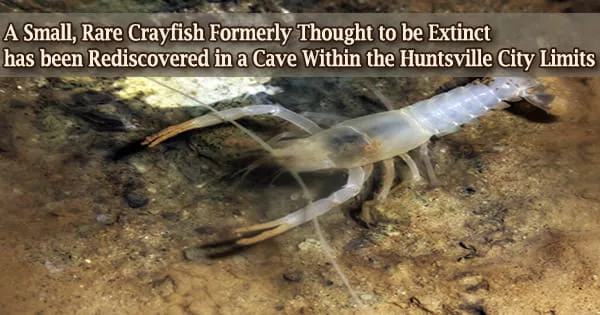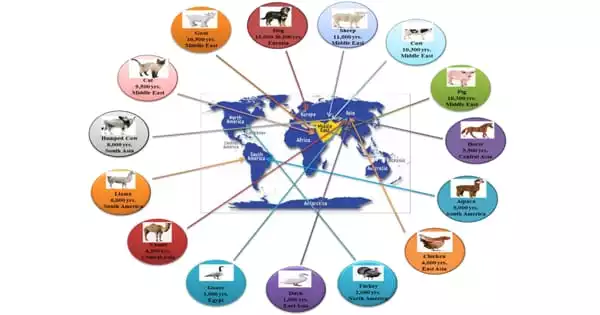For hundreds of years, wild horses have grazed freely over the island of Assateague off the coasts of Maryland and Virginia, but it is still unclear how they arrived there.
In a recent investigation, it was discovered that the ancient DNA taken from a cow tooth from one of Spain’s earliest Caribbean colonies in the 16th century actually came from a horse. Old folktales that claim horses were marooned on Assateague when a Spanish galleon sank seem to be more true than not, according to DNA analysis.
The past of a barrier island off the coastlines of Virginia and Maryland has been rewritten as a result of an abandoned Caribbean colony discovered centuries after it had been forgotten and a case of mistaken identity in the archaeological record.
When Nicolas Delsol, a postdoctoral researcher at the Florida Museum of Natural History, set out to examine ancient DNA extracted from cow bones discovered in archaeological sites, these ostensibly unrelated threads came together.
The genetic data stored in centuries-old teeth contained the solution to Delsol’s question about how cattle were tamed in the Americas. But they also held a surprise.
“It was a serendipitous finding,” he said. “I was sequencing mitochondrial DNA from fossil cow teeth for my Ph.D. and realized something was very different with one of the specimens when I analyzed the sequences.”
This is due to the fact that the item in question, a piece of an adult molar, was actually originally a horse tooth and not a cow tooth. The DNA extracted from the tooth is also the oldest domesticated horse DNA ever sequenced from the Americas, according to a study that was released on Wednesday in the journal PLOS ONE.
Horses were reserved for individuals of high status, and owning one was a sign of prestige. There are full-page descriptions of horses in the documents that chronicle the arrival of Hernán Cortés in Mexico, demonstrating how important they were to the Spanish.
Nicolas Delsol
The tooth was discovered during an excavation at one of Spain’s earliest colonies. The town of Puerto Real, which is on the island of Hispaniola, was founded in 1507 and was for many years the final port of call for ships leaving the Caribbean.
But when illegal trade expanded and piracy increased in the 16th century, the Spanish were obliged to concentrate their power elsewhere on the island, and in 1578, people of Puerto Real were told to leave. The next year, Spanish authorities razed the abandoned settlement.
Inadvertently rediscovering the ruins of the former bustling harbor in 1975 was a medical missionary by the name of William Hodges. Between 1979 and 1990, Kathleen Deagan, distinguished research curator at the Florida Museum, oversaw archaeological excavations at the location.
At Puerto Real and other sites from the time period, cow remains are a frequent find, while horse fossils and related artifacts are extremely uncommon. Delsol claims that the value placed on cattle by Spanish colonialists is the main cause of this skewed ratio.
“Horses were reserved for individuals of high status, and owning one was a sign of prestige,” he said. “There are full-page descriptions of horses in the documents that chronicle the arrival of Hernán Cortés in Mexico, demonstrating how important they were to the Spanish.”
Contrarily, cows were employed as a source of meat and leather, and their bones were frequently dumped in what are known as middens collective trash mounds. However, a community’s trash may be an archaeologist’s treasure because midden waste frequently offers the best view of what people ate and lived like.
Delsol didn’t discover the specimen’s biggest surprise until after comparing its DNA to that of contemporary horses from various parts of the world. He anticipated that horses still existing in that region would be the 500-year-old Puerto Real specimen’s closest living relatives given that the Spanish transported their horses from the Iberian Peninsula in southern Europe.
Instead, Delsol discovered its relatives on the island of Assateague off the coasts of Maryland and Virginia, more than 1,000 miles north of Hispaniola. For hundreds of years, wild horses have grazed freely over the extensive barrier island, but it is still unclear how they arrived there.
The National Park Service, which is in charge of the northern half of Assateague, says the most likely explanation is that the horses were carried over by English colonists from the mainland in the 1600s in an effort to avoid paying animal taxes and breaking the law about fencing.
Others hold the theory made popular by the 1947 children’s book “Misty of Chincoteague” that the wild herds are descended from horses who swam to land after a Spanish galleon shipwrecked and survived. Later, the book was made into a movie, which helped further popularize the shipwreck narrative.
There hasn’t been much proof for either idea up until now. While supporters of the shipwreck explanation contend that it is improbable that English colonists would misplace important animals, proponents of an English origin for the herds emphasize the absence of nearby wrecked ships and the absence of wild horses from historical accounts of the area.
The results of the DNA analysis, however, unequivocally point to Spanish explorers as being the likeliest source of the horses on Assateague, Delsol explained.
The Spanish began exploring this part of the mid-Atlantic very early in the 16th century, though it is not frequently documented in historical writing. Early colonial writing is frequently sporadic and incomplete. The horses may not have been present, but that doesn’t mean they weren’t mentioned.
After coming in the Americas, horses didn’t just return to their natural heritage in the feral herds on Assateague. Colonists from all over Europe, some of which managed to break free and go off into the surrounding countryside, transported horses of various kinds and pedigrees to North America.
The majority of the nation’s estimated 86,000 wild horses are found in western states like Nevada and Utah, according to the U.S. Bureau of Land Management.
Delsol thinks that more research on ancient DNA will shed light on the convoluted history of equine introductions and migrations that took place over the course of several centuries and help explain the diversity of wild and tamed horses that exist today.
















